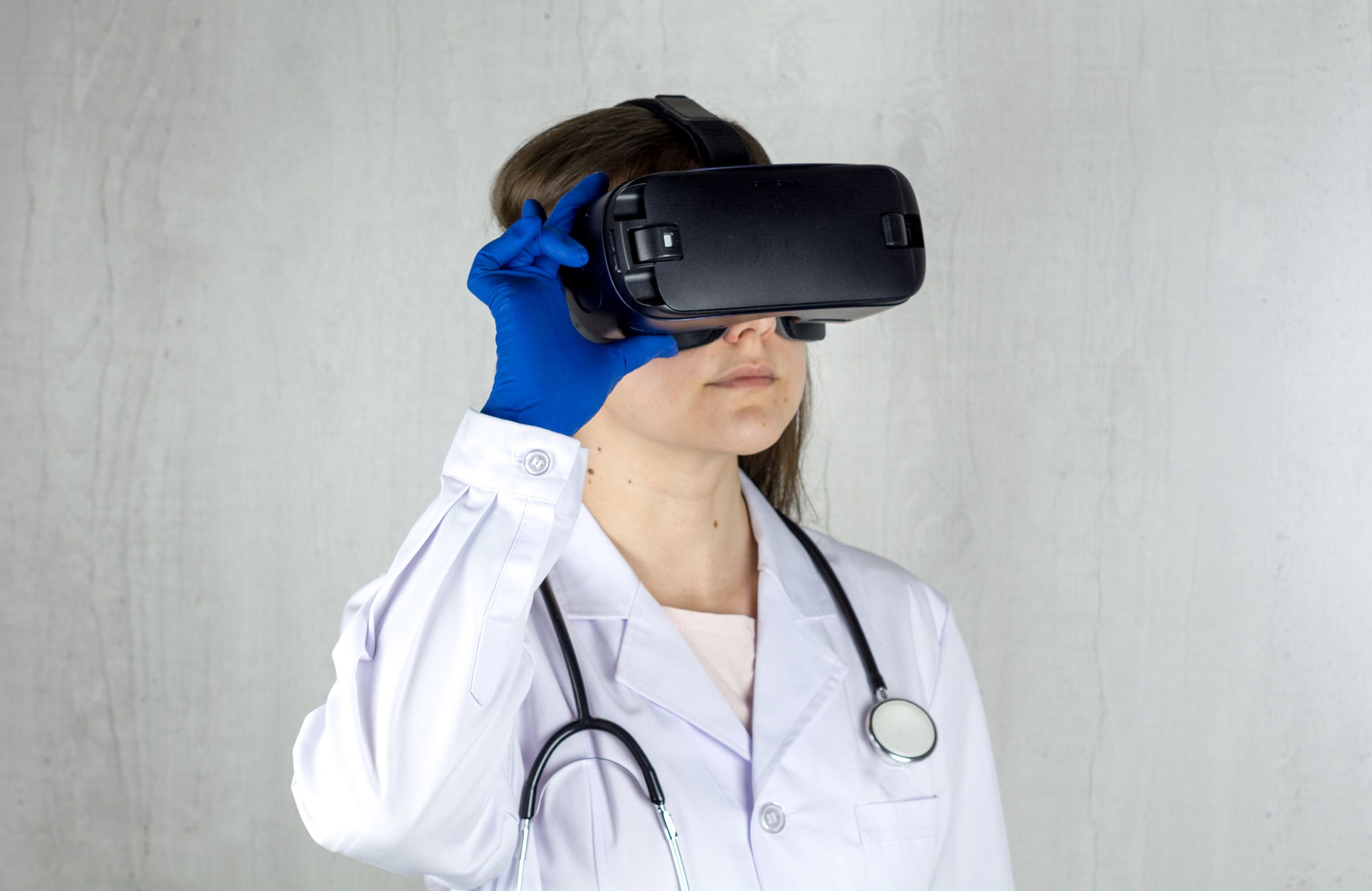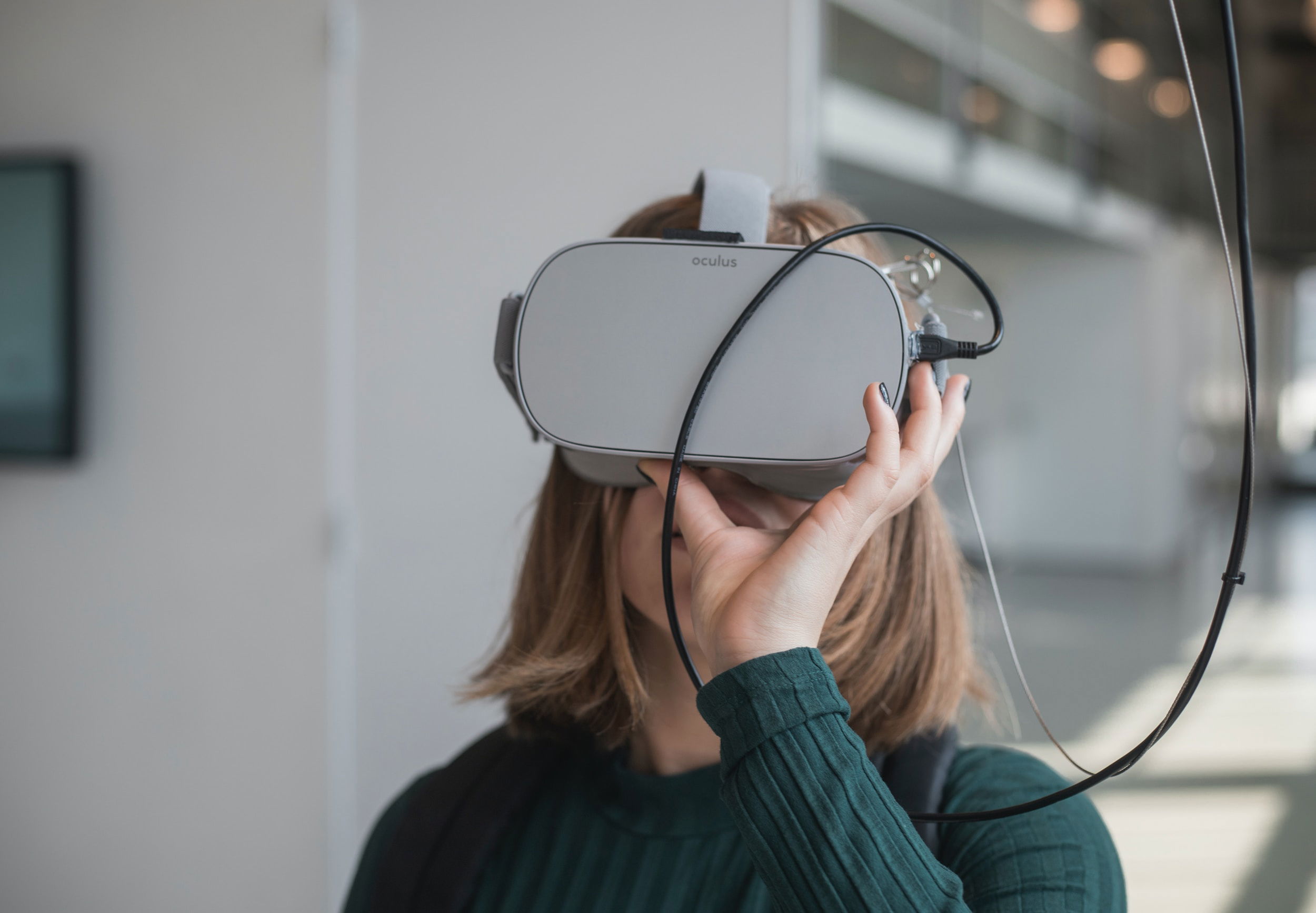Revolutionizing Healthcare: Virtual Reality
In the fast-evolving landscape of healthcare, one technology has emerged as a game-changer - Virtual Reality (VR). This article explores how VR is revolutionizing healthcare and why understanding this transformation is essential for both professionals and patients.
| Join the Virtual Revolution in Healthcare Today |
How Does Virtual Reality Impact Healthcare?
Virtual Reality in healthcare is more than just a trend; it's a revolutionary tool that's transforming the way medical professionals approach diagnosis, treatment, and patient care. But how exactly does it impact healthcare?
The immersive nature of VR allows doctors to step inside a patient's anatomy, gaining a deeper understanding of complex cases. Surgeons can rehearse procedures in a risk-free virtual environment, enhancing precision and reducing the chances of errors. Moreover, patients can now experience therapeutic interventions in an engaging and interactive manner, aiding in rehabilitation and mental health treatment.
What Are the Key Applications of VR in Healthcare?
To grasp the full extent of VR's impact, it's crucial to delve into its applications within the healthcare sector.
1. Diagnostics and Visualization
VR offers a 3D view of medical scans, enabling doctors to spot anomalies more accurately. But it doesn't stop there. Physicians can take a virtual journey through a patient's organs, enhancing their diagnostic abilities significantly.
2. Medical Training and Education
Medical students and professionals can now practice surgery, explore the human body, and simulate various medical scenarios in a safe environment. VR is redefining medical education, making it more immersive and effective.
3. Pain Management
For patients dealing with chronic pain, VR provides an innovative distraction therapy. By immersing individuals in captivating virtual environments, it can help alleviate pain and reduce the need for traditional painkillers.
How Does VR Improve Patient Outcomes?
Ultimately, the success of any healthcare innovation is measured by its impact on patient outcomes.
Virtual Reality's contribution to this realm is remarkable. Patients undergoing VR-based therapy often experience reduced anxiety and improved overall well-being. Additionally, VR can be a powerful tool in physical therapy, helping patients regain mobility and functionality faster.
Overcoming Challenges and Concerns
While the potential of VR in healthcare is immense, it's not without its challenges and concerns. Addressing issues related to data privacy, the cost of implementation, and accessibility is essential for realizing the full benefits of this technology.
The Future of Healthcare: Embracing VR
As we look to the future, it's evident that VR is here to stay in healthcare. Its role will continue to expand, driving innovations, improving patient care, and opening up new possibilities for medical professionals.
In conclusion, virtual reality is not just revolutionizing healthcare; it's reshaping the entire healthcare landscape. Its applications are vast, from diagnostics to therapy, and its potential is limitless. By staying informed about these developments, we can all be better prepared to navigate this exciting new era in healthcare.
Key Takeaways:
- VR is transforming healthcare through improved diagnostics, training, and pain management.
- Patient outcomes are enhanced, with reduced anxiety and faster recovery.
- Challenges like data privacy and cost must be addressed to fully harness VR's potential in healthcare.
This article has only scratched the surface of what VR can achieve in healthcare. As the technology continues to evolve, its impact is set to grow exponentially, benefiting both patients and medical professionals alike. Stay tuned for more updates on this transformative journey.

